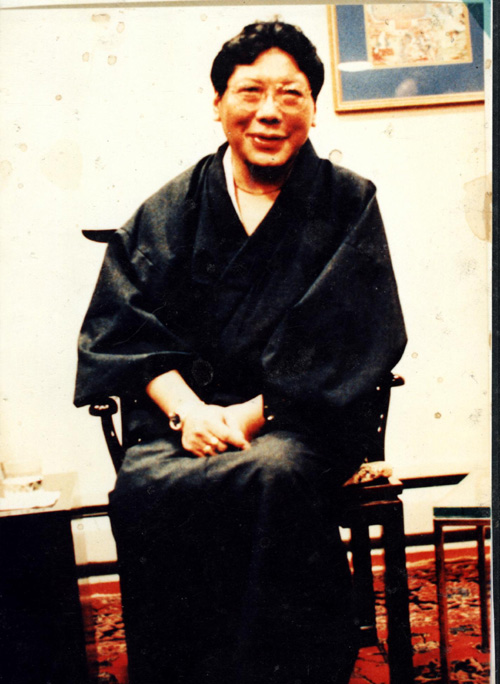The Gap
by Pema Chodron
 Once I was describing this technique to a friend of mine in another Buddhist tradition
which emphasizes a strong focus on mindfulness of the breath, and I said, "We
emphasize the outbreath, and then we're told to just wait. As the breath is coming in we
are told to just wait, and then go out again, and then wait again and then go out again."
She said, "No, that's impossible." And I said, "Why?" And she said, "Well because
there's a whole part of meditation there where you don't have an object-- there's nothing
to concentrate on, there's a whole part there where the point is nothing to be mindful
of." And then I realized that was the point. I had never before realized so clearly that that
was actually the point.
Once I was describing this technique to a friend of mine in another Buddhist tradition
which emphasizes a strong focus on mindfulness of the breath, and I said, "We
emphasize the outbreath, and then we're told to just wait. As the breath is coming in we
are told to just wait, and then go out again, and then wait again and then go out again."
She said, "No, that's impossible." And I said, "Why?" And she said, "Well because
there's a whole part of meditation there where you don't have an object-- there's nothing
to concentrate on, there's a whole part there where the point is nothing to be mindful
of." And then I realized that was the point. I had never before realized so clearly that that
was actually the point.
This space between outbreaths is sometimes called the *gap.* It points toward some
gap in the internal chatter, some experience of spaciousness. It may take quite a long
time for the beginning meditator to have an experience of that gap or space, and that's
okay. That is why the other part of our meditation instruction is to label any thoughts we
have as "thinking" and just let go of them and come back to the outbreath. That
instruction encourages us to interrupt the constant barrage of talking to ourselves. And
even if we do that only once *there is already some kind of gap which underlies
remembering to come back to the sense of the outbreath going out.* We may not be
aware of it as "gap," but it is already there as the basis of the process of remembering
to label thoughts thinking and come back home to the present moment.
This quotation is from "What is True Mindfulness" by Pema Chodron (the whole thing used to be available on the internet - but not anymore, alas).
back to meditation instructions page
 back to Dae Do Sah main page
back to Dae Do Sah main page
 Once I was describing this technique to a friend of mine in another Buddhist tradition
which emphasizes a strong focus on mindfulness of the breath, and I said, "We
emphasize the outbreath, and then we're told to just wait. As the breath is coming in we
are told to just wait, and then go out again, and then wait again and then go out again."
She said, "No, that's impossible." And I said, "Why?" And she said, "Well because
there's a whole part of meditation there where you don't have an object-- there's nothing
to concentrate on, there's a whole part there where the point is nothing to be mindful
of." And then I realized that was the point. I had never before realized so clearly that that
was actually the point.
Once I was describing this technique to a friend of mine in another Buddhist tradition
which emphasizes a strong focus on mindfulness of the breath, and I said, "We
emphasize the outbreath, and then we're told to just wait. As the breath is coming in we
are told to just wait, and then go out again, and then wait again and then go out again."
She said, "No, that's impossible." And I said, "Why?" And she said, "Well because
there's a whole part of meditation there where you don't have an object-- there's nothing
to concentrate on, there's a whole part there where the point is nothing to be mindful
of." And then I realized that was the point. I had never before realized so clearly that that
was actually the point.